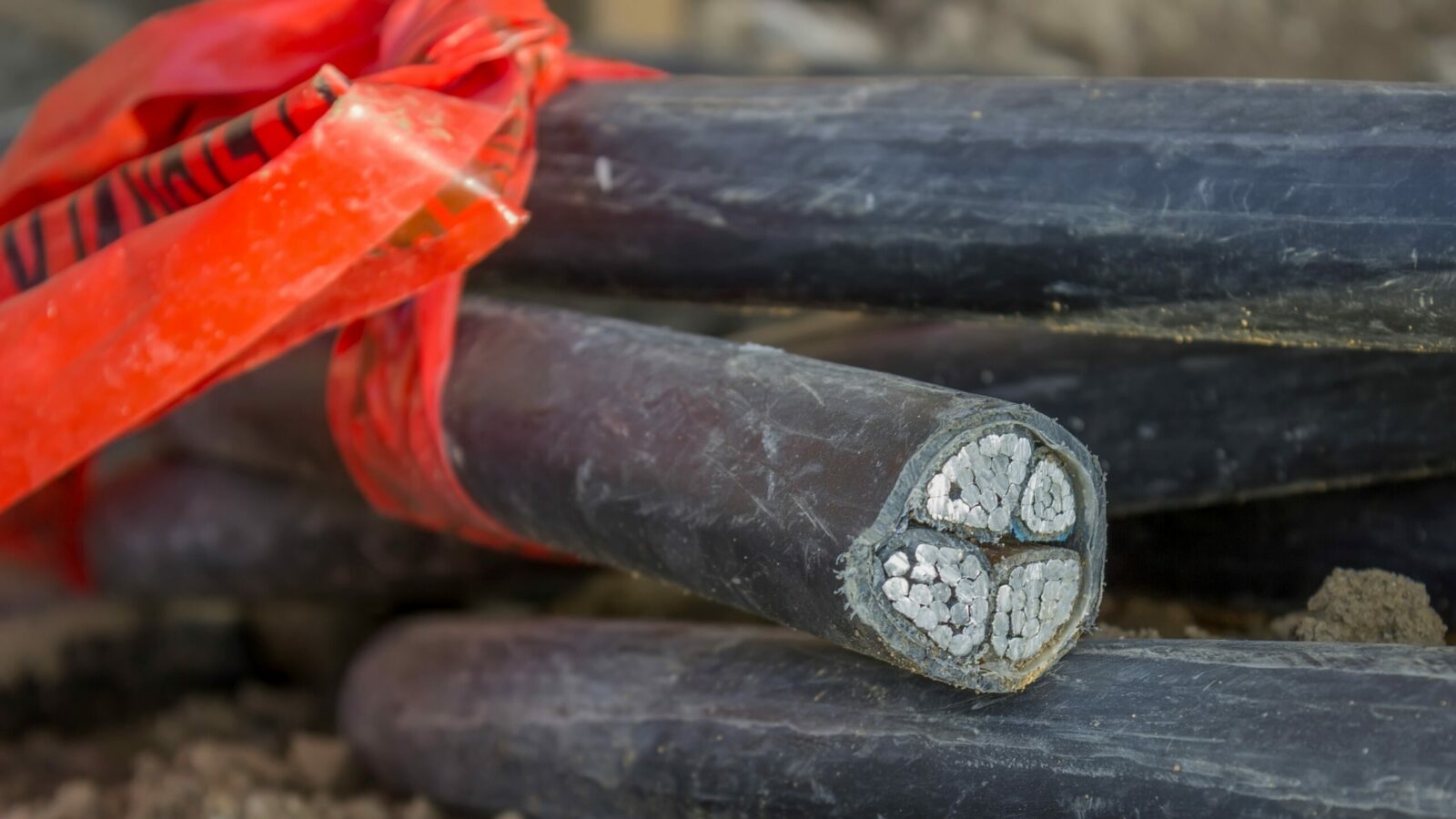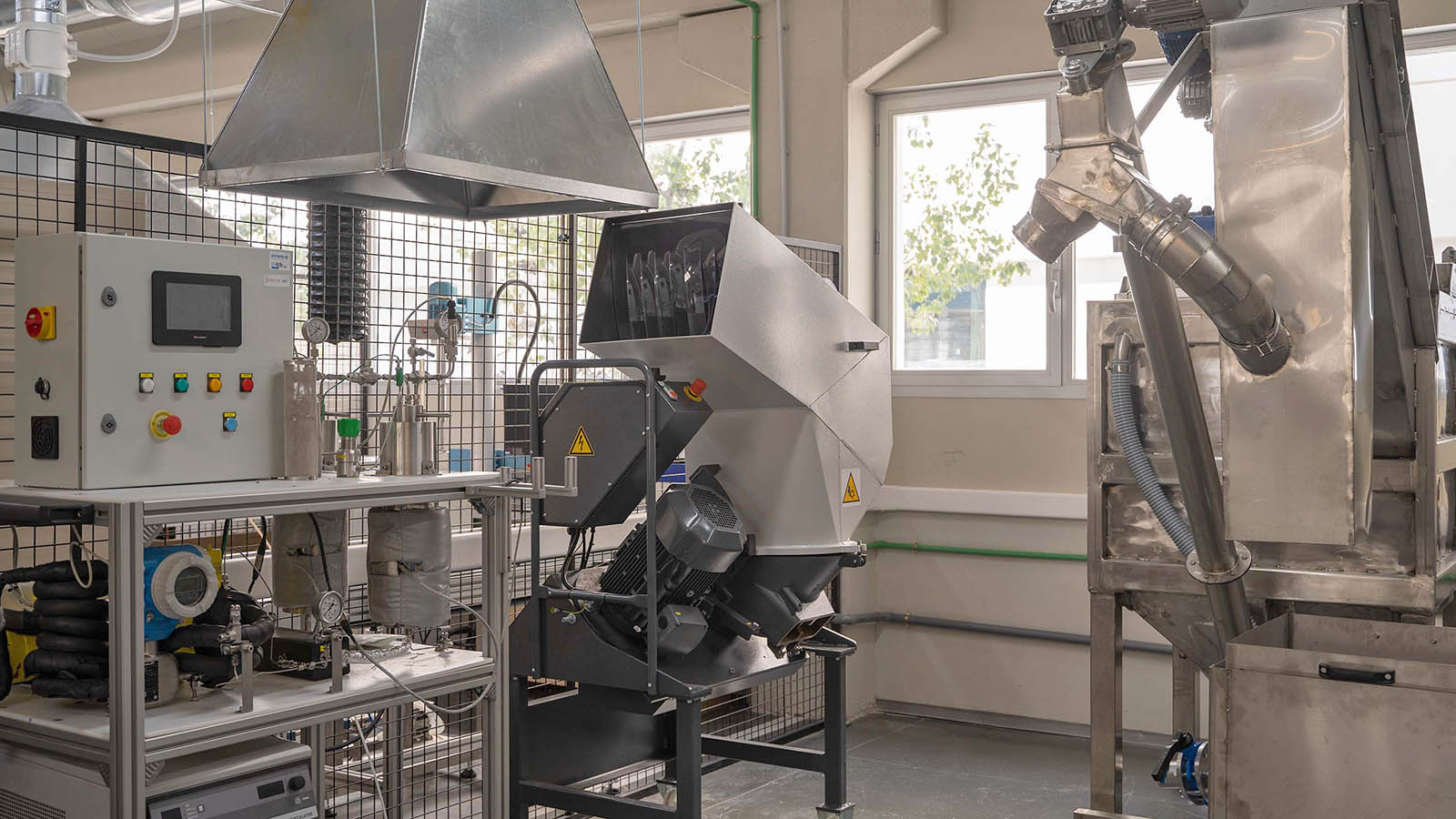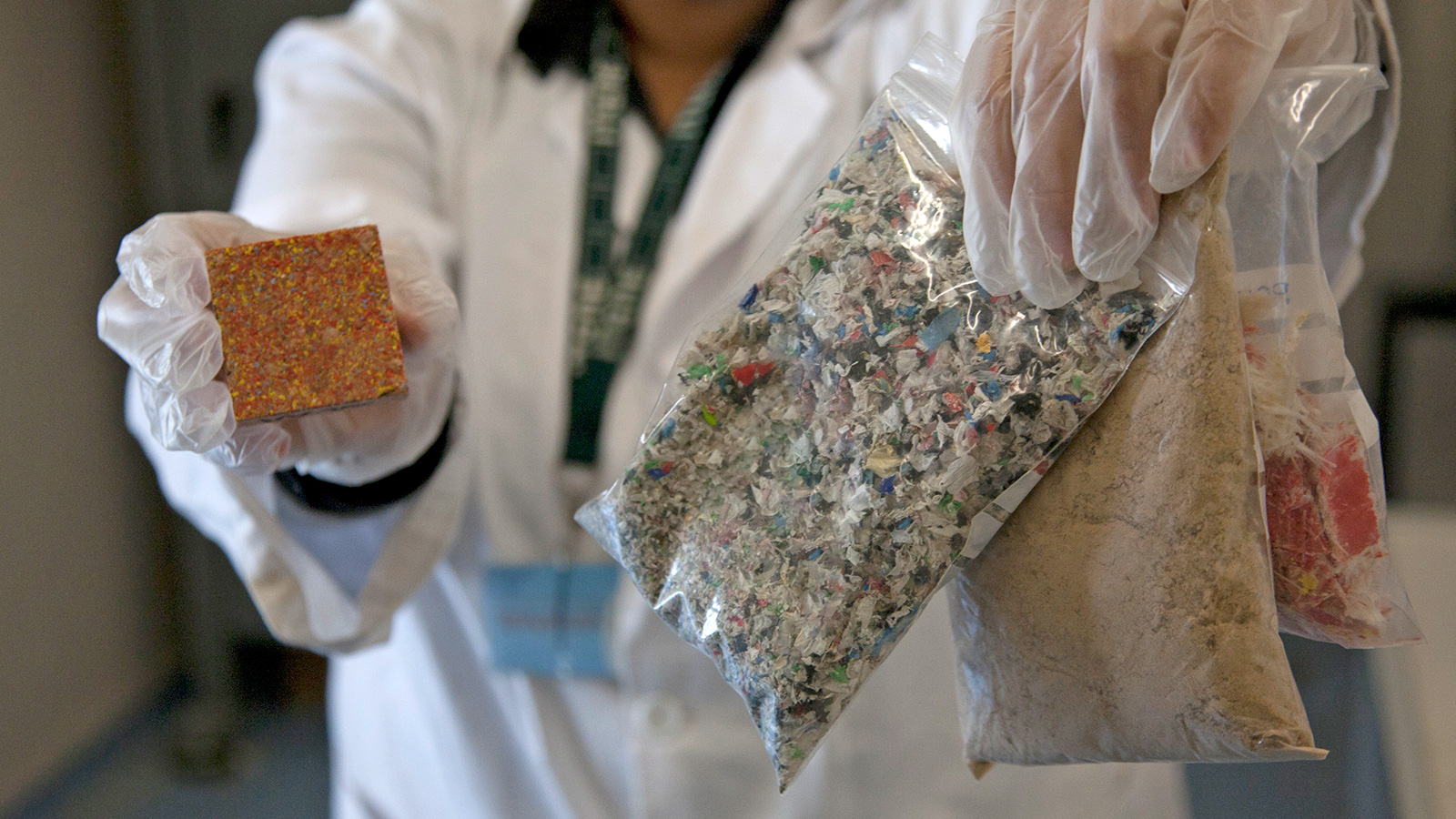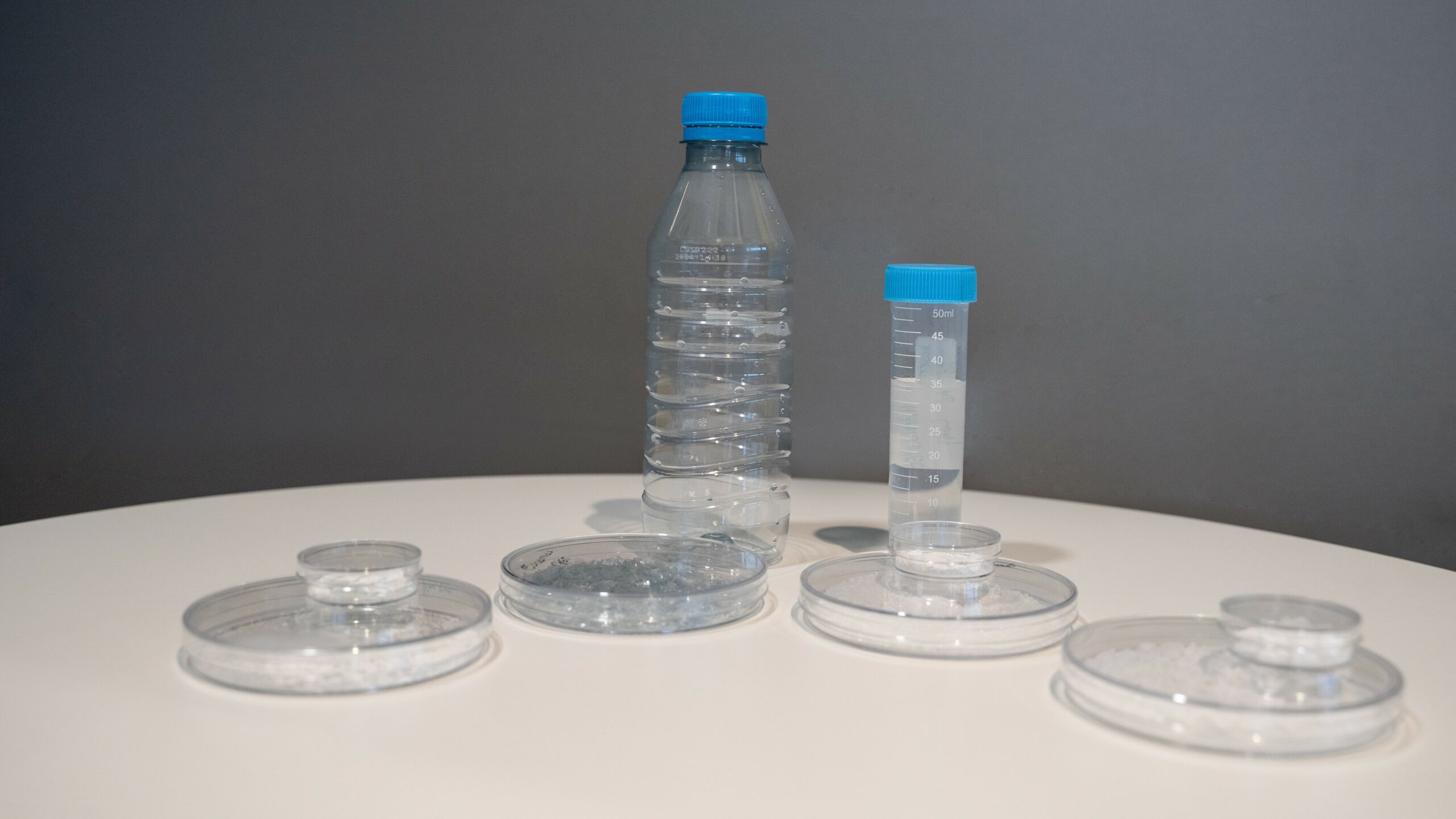REDONDO: Reversibly designed cross-linked polymers
The project focuses on the development of reversible cross-linked polyethylene to replace polymers that are difficult to recycle with recyclable materials that are safe for human health and environmentally friendly.
Context
Plastics recycling has been increasing in recent years, in line with European sustainability goals, although less than one third of plastic waste generated in Europe is currently recycled (‘Recycling and plastic waste in the EU: facts and figures’, European Parliament, 2018).
In parallel, it has been identified that certain polymers, which are widely used, can have an environmental impact and even cause risks to human health. This happens when these polymers release hazardous substances during their production processes, due to the presence of additives in their formulation, during their daily use, in and even in their recycling processes and in the disposal stage.
Therefore, the plastics industry needs, in parallel to adapting to the requirements of the circular economy and in line with this, to promote a safety and sustainability by design (SbD & SusbD) framework for polymers that are widely used, difficult to recycle or present safety risks or environmental impacts.
Among the polymers that are not considered recyclable is cross-linked polyethylene (PEX), as it is a thermosetting material. PEX, however, has a wide variety of applications, for example as an insulating material for electrical cables or for hot and cold water pipes and heating systems (it actually accounts for 60% of plastic pipes). PEX has been used as an alternative to potentially toxic materials, thus offering a solution to this problem by replacing them in certain applications.
Summary and objectives
The REDONDO project aims to achieve a fully reversible cross-linking process to create cross-linked polyethylene (PEX) that is sustainable by design and can be a recyclable polymer. Firstly, two different reversible thermal reactions will be carried out, in other words, chemical reactions in which the products of the reaction itself combine again to generate the reactants. Subsequently, the produced rPEX will be characterised and its reversibility will be assessed.
The reversibility of the cross-linking reactions to be used in REDONDO will allow the previously non-recyclable and therefore non-sustainable thermosetting material to become thermoplastic again and to be recycled.
In addition, suggested bio-based additives will be used and safety and sustainability criteria will be applied to reduce reliance on additives and other substances with potential health and environmental impacts, as well as to improve the recyclability of the polymer with minimal loss of properties.
To this end, Safety-by-Design and Sustainability-by-Design (SSbD) strategies will be applied, which incorporate safety and sustainability criteria from the design phase into the polymer formulation process.
Furthermore, the use of innovative eco-friendly and bio-based additives such as nanolignin and nanocellulose will improve thermal stability, mechanical properties and flammability without introducing health risks or compromising the environmental sustainability of materials and processes. This will be the first time that nanolignin and nanocellulose will be produced and studied as rPEX additives.
In addition, two high-potential applications will be considered: piping and photovoltaic cables. The effectiveness of the approach and technologies adopted will be demonstrated and validated according to end-user specifications and requirements.
A series of analyses will also be carried out to assess the safety and sustainability of the material obtained, as well as to establish safety and sustainability criteria by design and recyclability requirements. This will facilitate the extension of this concept to other end-use applications of rPEX or to the design and development of other currently non-recyclable cross-linked polymers.
Consortium
The REDONDO consortium is formed by 11 partners of seven countries including one university, five research and innovation centres and five companies.
- ARISTOTELIO PANEPISTIMIO THESSALONIKIS – AUTH (Greece) (Coordinator).
- CENTRE NATIONAL DE LA RECHERCHE SCIENTIFIQUE – CNRS (France).
- SILON SRO – SILON (Czechia).
- CREATIVE NANO PC – CNANO (Greece).
- ASOCIACIÓN DE INVESTIGACIÓN METALÚRGICA DEL NOROESTE – AIMEN (Spain).
- INTERPLAST S.A. – INTER (Greece).
- KBE Elektrotechnik GmbH – KBE (Germany).
- INSTITUTO TECNOLÓGICO DEL EMBALAJE, TRANSPORTE Y LOGÍSTICA – ITENE (Spain).
- AXIA INNOVATION UG (Denmark).
- AFOI KOUTSANTONI EE – RDC (Greece).
- INSTITUTO DE SOLDADURA E QUALIDADE – ISQ (Portugal).
ITENE’s role
ITENE will participate in the creation of an inventory of additives for use in end-use applications and in the production of nanocellulose to improve the mechanical and thermal properties of reversible cross-linked polyethylene (rPEX).
In addition, it will lead research to ensure safety with respect to human and environmental health from the earliest stages, and establish criteria for safe design of rPEX through SSbD strategies, including toxicity or risk assessment and occupational exposure. It will also be involved in establishing criteria to ensure sustainability from design for this material, taking into account the environmental footprint and recyclability and sustainability of additives.






